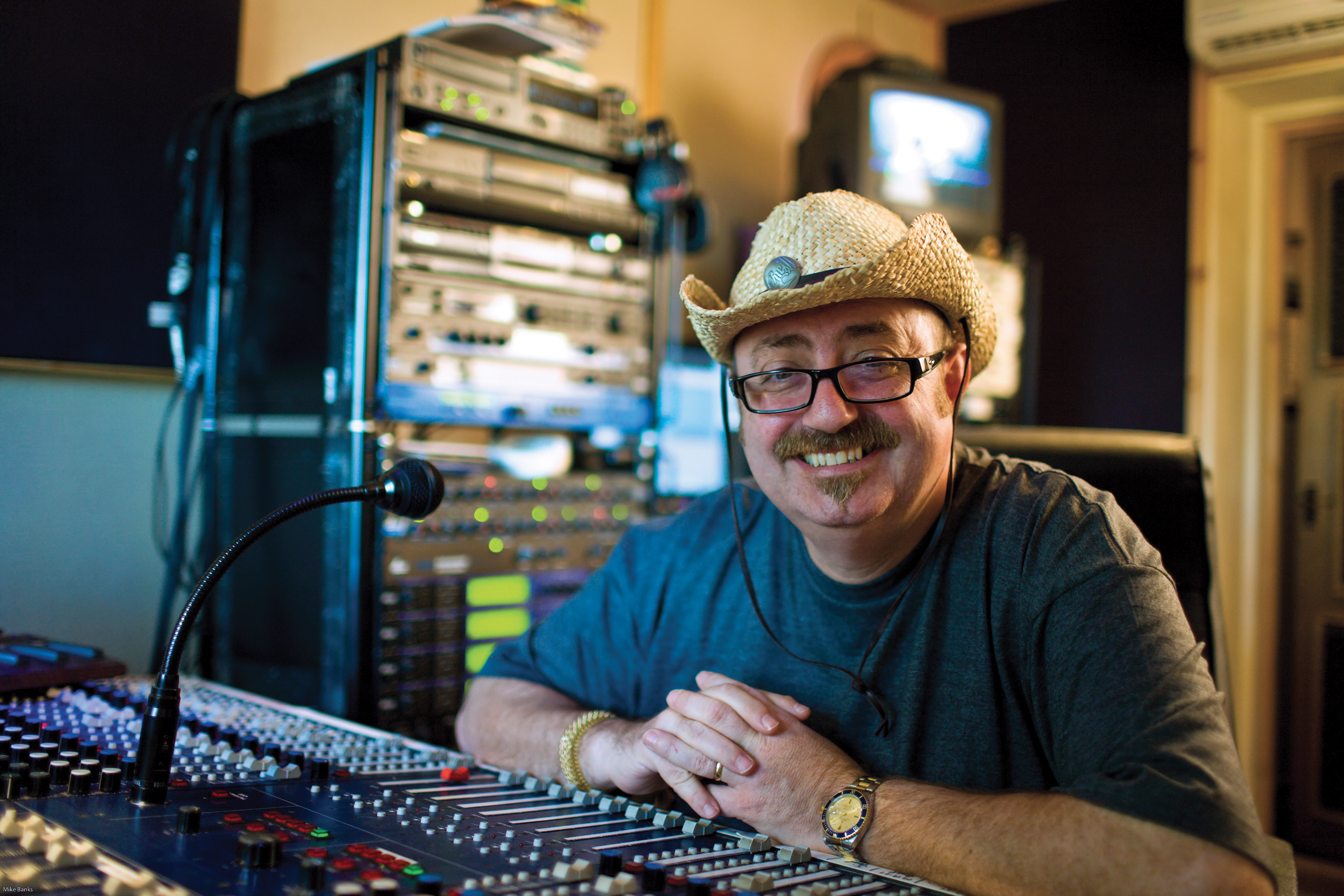 Legendary producer/engineer Chris Tsangarides [pronounced tang-uh- reed-ez] opened his studio, The Ecology Rooms, a few years ago. Located on the southeast coast of England and perched atop the famous White Cliffs of Dover, this extremely well equipped studio also provides clients with lodging facilities on its fifty acres of picturesque landscape. All anyone has to do to see the studio is watch the new documentary film, Anvil! The Story of Anvil, in which Chris and his studio are featured at length. The film received glowing reviews at film festivals across the U.S. for documenting the brotherhood, dedication and (oftentimes hilarious) adventures of the Canadian heavy metal band, Anvil. Chris's recording career started over thirty years ago at the renowned Morgan Studios. He has worked with some of the biggest names in hard rock and heavy metal such as: Gary Moore, Thin Lizzy, Black Sabbath, Judas Priest and Loudness. Don't paint Tsangarides in a corner, though. His talents have led him to work with artists ranging from Japan, Depeche Mode, Killing Joke and The Human League to Tom Jones, Joan Armatrading, Concrete Blonde and The Tragically Hip. Upon his return from making an appearance with Anvil at the 2008 Sundance Film Festival, he spoke with me about his unique recording techniques, the importance of apprenticeships and the current state of the recording industry.
Legendary producer/engineer Chris Tsangarides [pronounced tang-uh- reed-ez] opened his studio, The Ecology Rooms, a few years ago. Located on the southeast coast of England and perched atop the famous White Cliffs of Dover, this extremely well equipped studio also provides clients with lodging facilities on its fifty acres of picturesque landscape. All anyone has to do to see the studio is watch the new documentary film, Anvil! The Story of Anvil, in which Chris and his studio are featured at length. The film received glowing reviews at film festivals across the U.S. for documenting the brotherhood, dedication and (oftentimes hilarious) adventures of the Canadian heavy metal band, Anvil. Chris's recording career started over thirty years ago at the renowned Morgan Studios. He has worked with some of the biggest names in hard rock and heavy metal such as: Gary Moore, Thin Lizzy, Black Sabbath, Judas Priest and Loudness. Don't paint Tsangarides in a corner, though. His talents have led him to work with artists ranging from Japan, Depeche Mode, Killing Joke and The Human League to Tom Jones, Joan Armatrading, Concrete Blonde and The Tragically Hip. Upon his return from making an appearance with Anvil at the 2008 Sundance Film Festival, he spoke with me about his unique recording techniques, the importance of apprenticeships and the current state of the recording industry.
Tell me about The Ecology Rooms. What's with the name?
It's quite funny. This is where Lord Baden-Powell [founder of the Scout Movement/Boy Scouts] lived. Many international Scouts would come in the summer, camp and do activities. It's such a beautiful area — it literally is on top of the cliffs. Of the buildings that I took over, one of them was [called] The Ecology Rooms because it's where the scouts would learn about ecology. It's [still] The Ecology Rooms because of the sign outside. I couldn't be arsed to move the sign and I thought, "You know what? It's a cool name!" Some friends of ours bought the estate. I asked, "Have you got any rooms you don't want?" You couldn't ask for a better building for a recording studio. It was built during the Second World War and the roof is four-inch thick, poured, reinforced concrete. The walls are twelve inches thick. From a point of view of a solid structure, it's absolutely perfect. Then to boot, we have a crew lodge here where the Scout leaders used to stay, and that's where the bands get to stay. So they get to stay on site with all fifty acres of gorgeous scenery — three seconds from the studio.
That's a dream recording place!
Absolutely a dream, and really, really, reasonable.
It's a really unique name.
It is kind of organic here. If you can't play you ain't gonna sound any good in this place. I don't use Pro Tools as my main thing. Mixing consoles — valve console of course — decent microphones, a new [iZ Technologies] RADAR system and there you go. You play it, I record it. If you're out of time then we do it again 'til you're in time, likewise with the singers. People say that Pro Tools is gonna be this magic thing that saves us. It's just a recording platform. Anything that you can do on Pro Tools we could do before in an analog system, except we couldn't Auto-Tune something or put drums in time. Flange, phase, compression — there's all outboards of this [that] the plug-ins try to emulate. What the hell is the point of emulating them when I've got rackloads of this stuff? Unless you're willing to spend a gazillion bucks on [Pro Tools] with some decent A to D [converters], the word clocks and all the rest, it doesn't sound anywhere as good as RADAR or tape. Even when you spend all that money it doesn't sound as good. It doesn't mean to say you can't make great records on it, because amazing records have been done on all sorts of recording systems. It's not really about what you have — it's about how you approach everything, in my book. I just happen to prefer this system. I'm more hands-on with it, because I have to listen to stuff. I can't [say], "Oh, well I can tune it up." No. I have to [record] it in tune. The RADAR allows me to do all manner of things — levels up and down, cut, paste, whatever — which is fantastic. And the wonderful undo button so your drop-ins never mess up. I am such a huge fan of that recording platform.
Do you prefer to use digital as opposed to analog tape?
I actually prefer the sound of tape, to be honest, but because of the way the economy has become [musicians] can't afford the tape budget, never mind the studio these days.
It's almost as if the artist or producer is sometimes forced to use digital.
That's absolutely right. It's very cheap. You can find a real cool 16-track or 24-track 2" machine for not a whole lot of money, but it's the tape [costs]. On bigger projects I'll go to the tape. I might then go on to a digital platform afterwards, maybe. It depends on [the] fiddlin' about I need to do with it. I've just done the most technical, heavy, mad album [Cannibalised] with a band called Biomechanical. It's a cross between Devin Townsend with John Williams and his orchestra on top of it. [It] was such an amazing challenge to try and get...
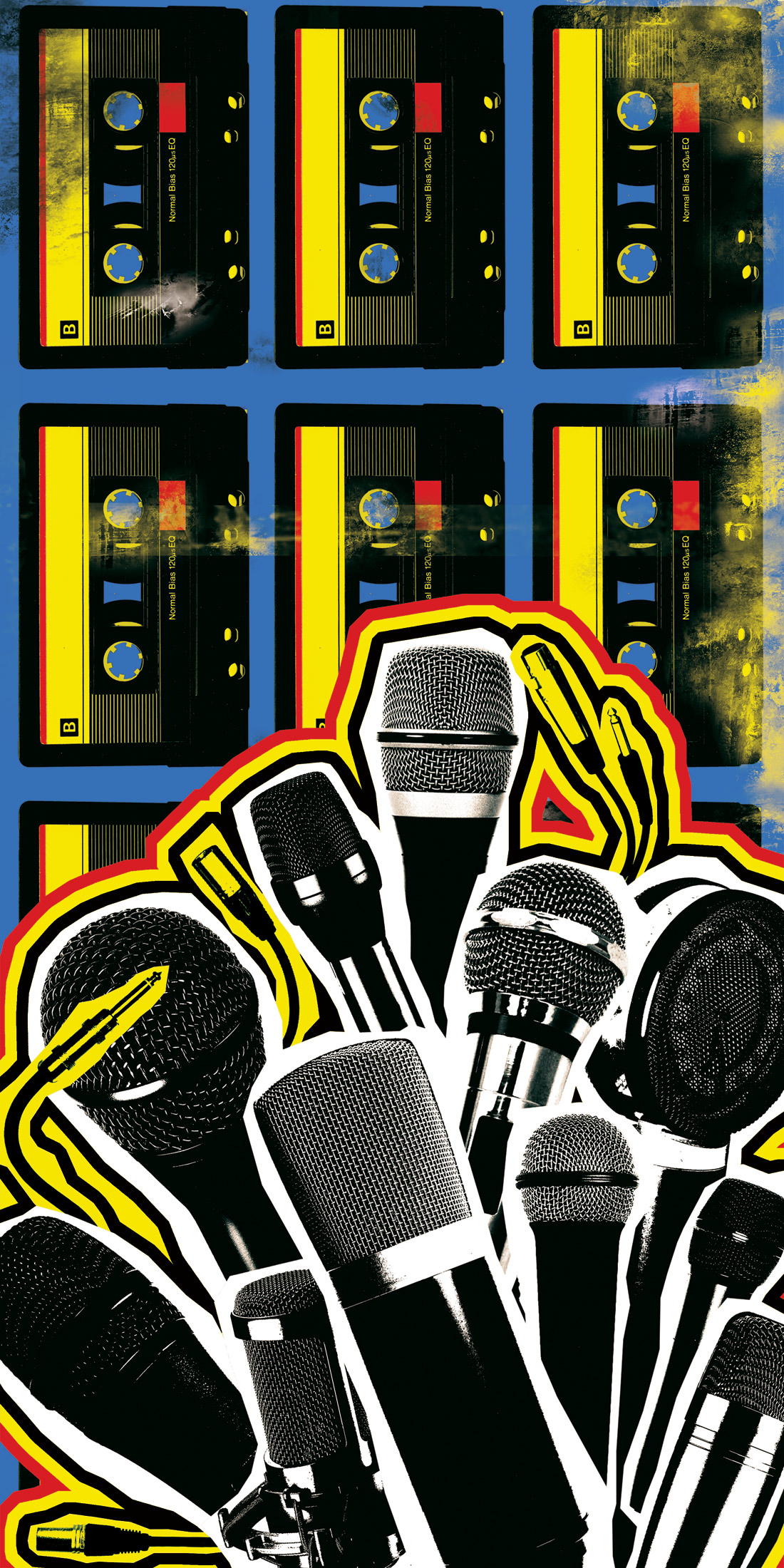

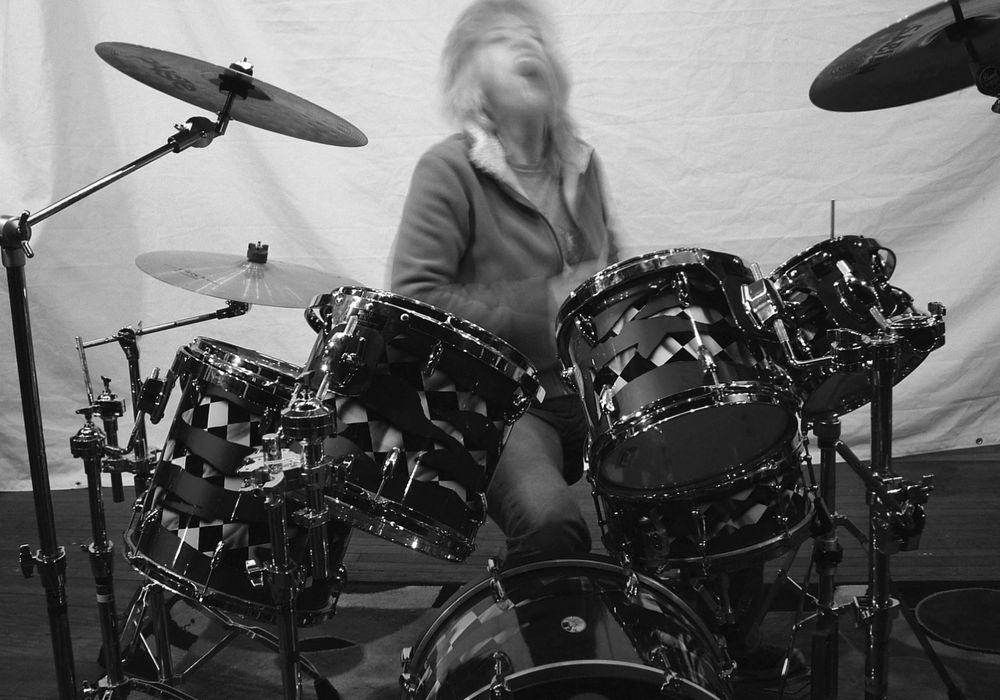

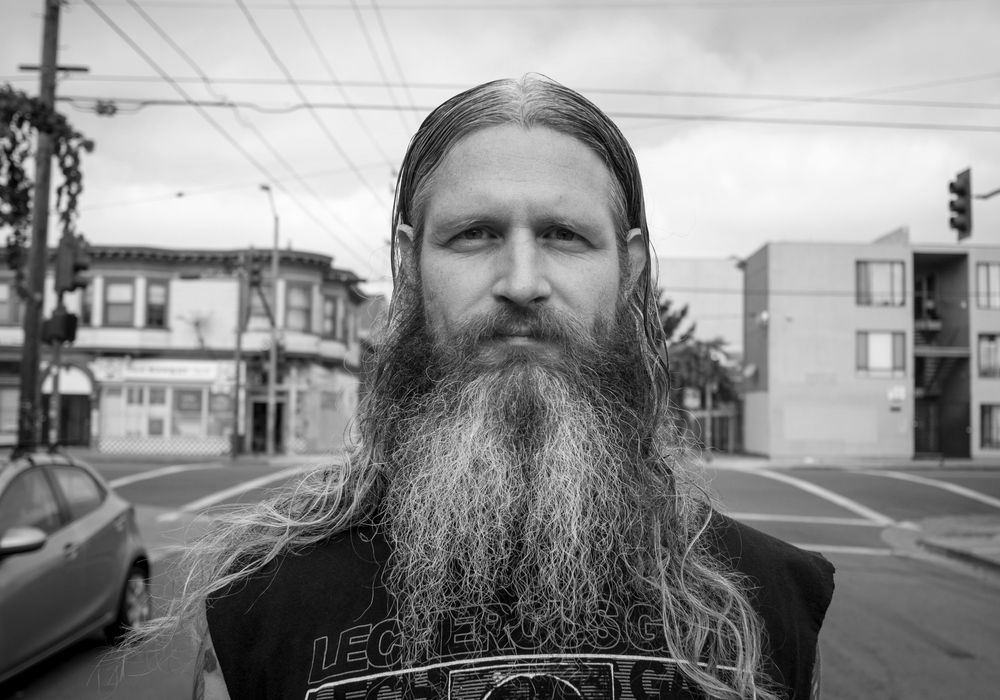
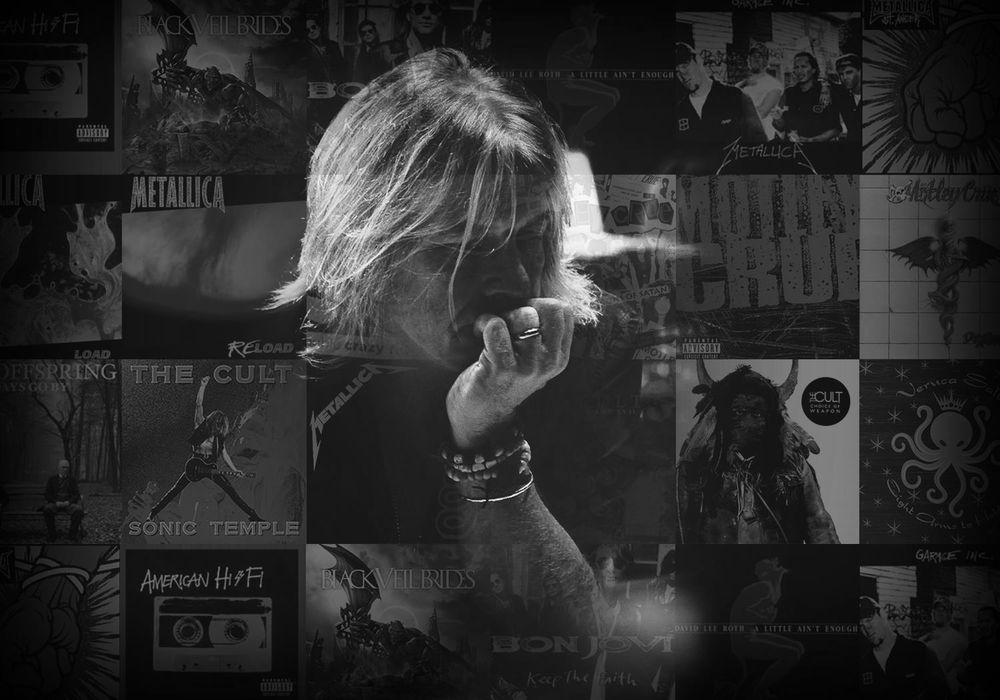
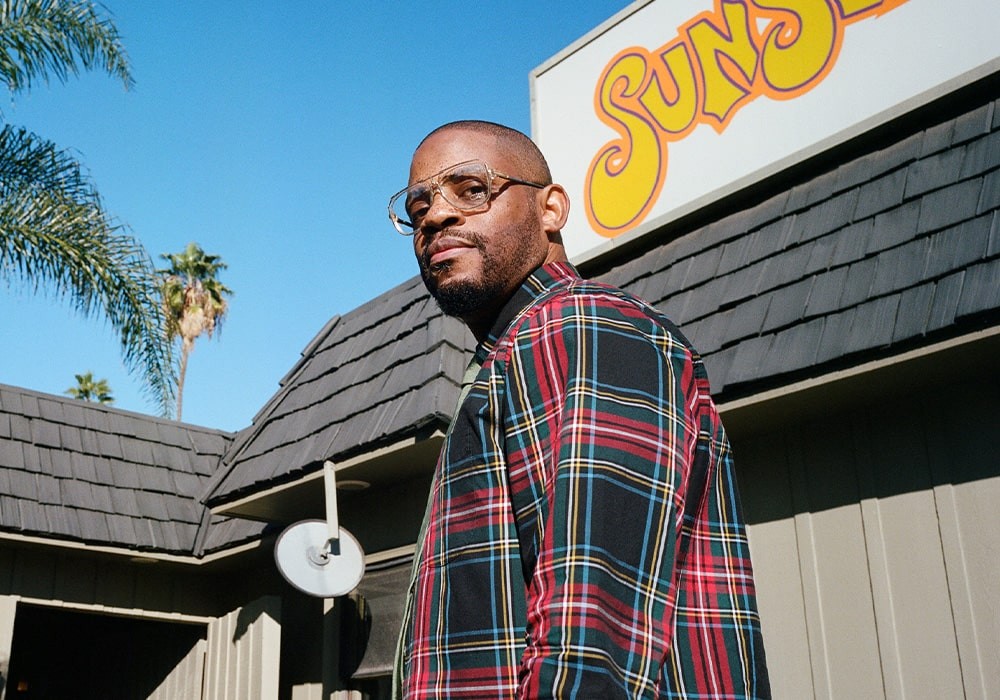
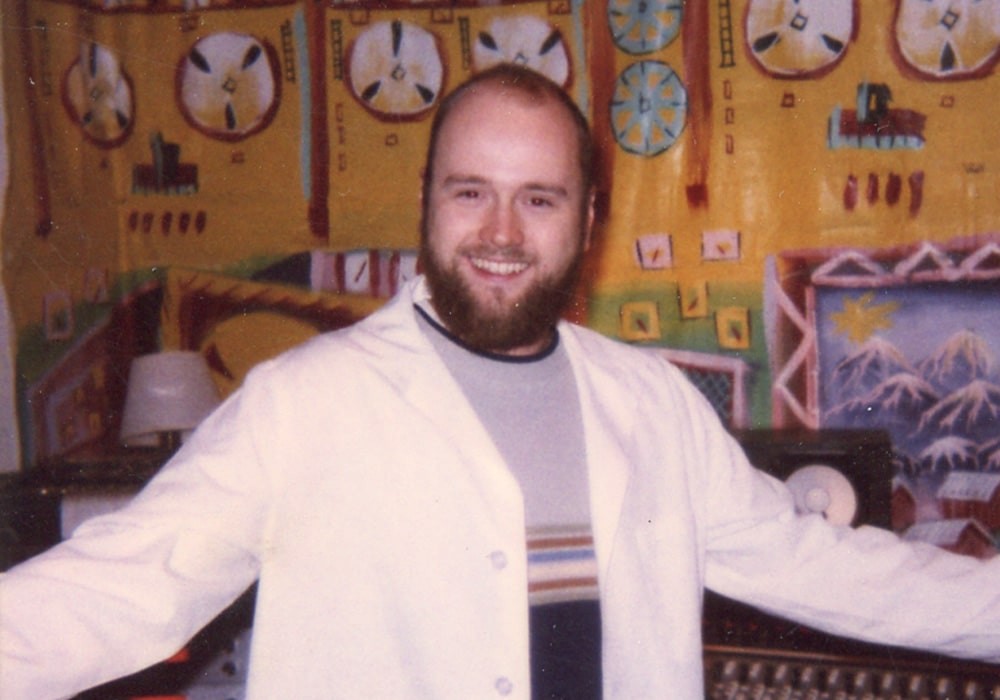
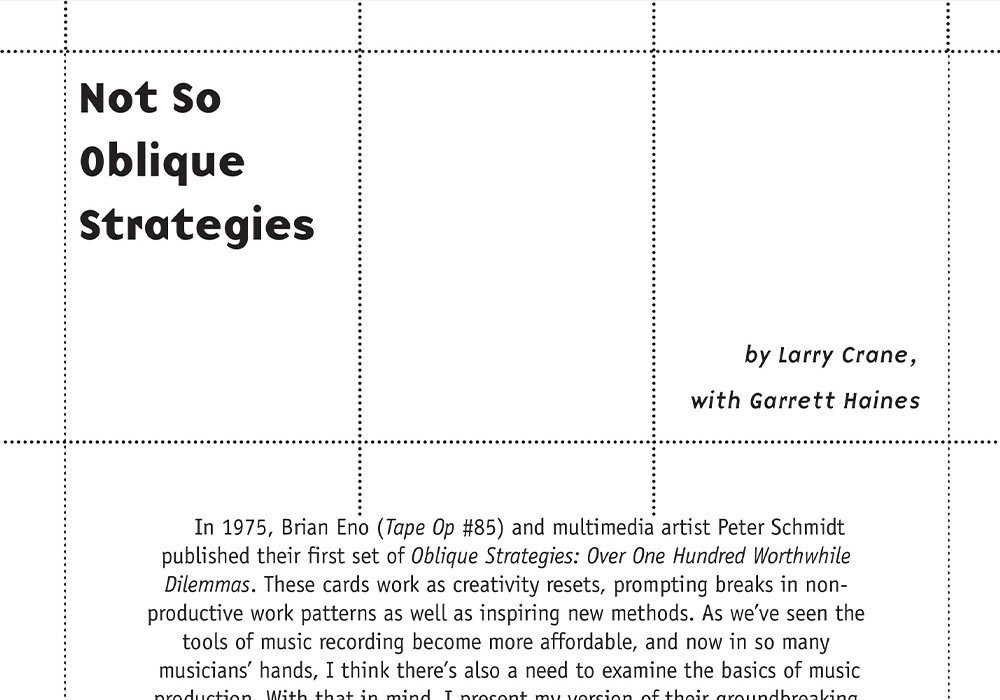
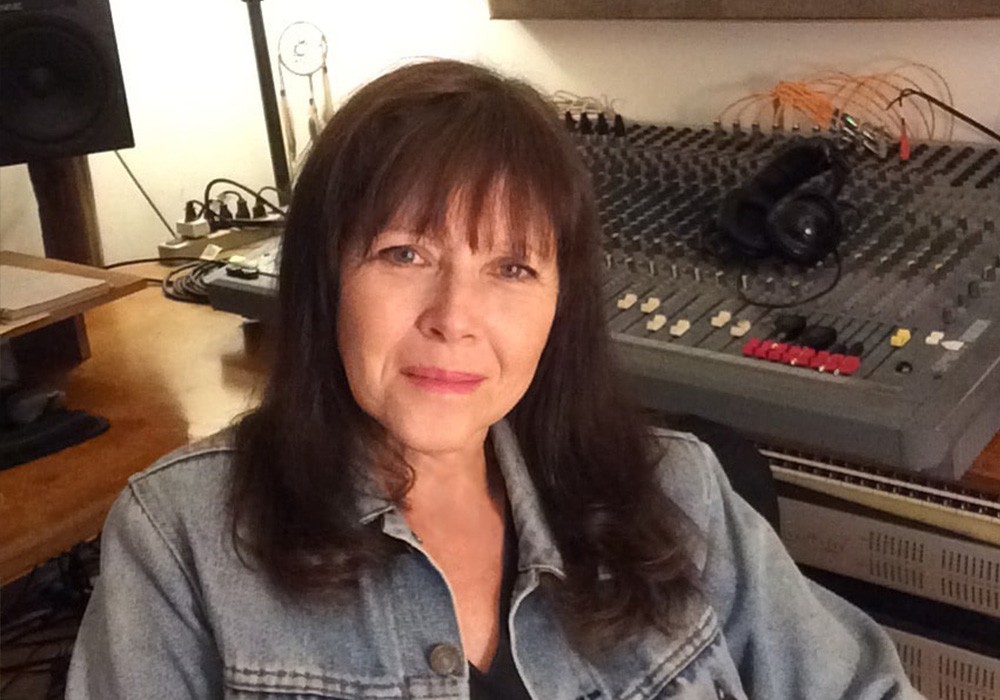
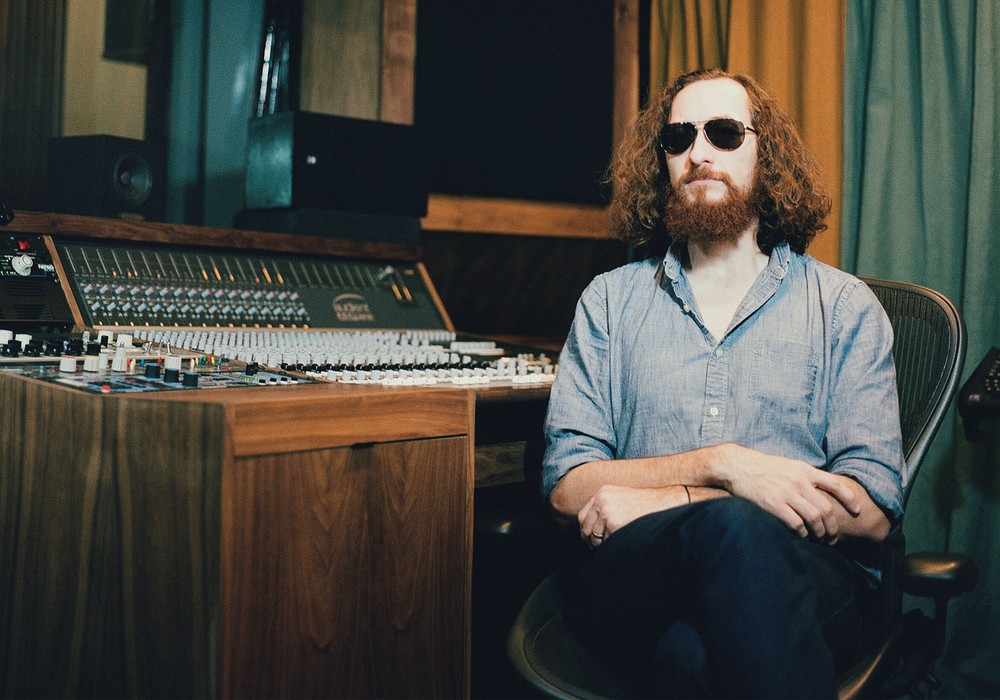
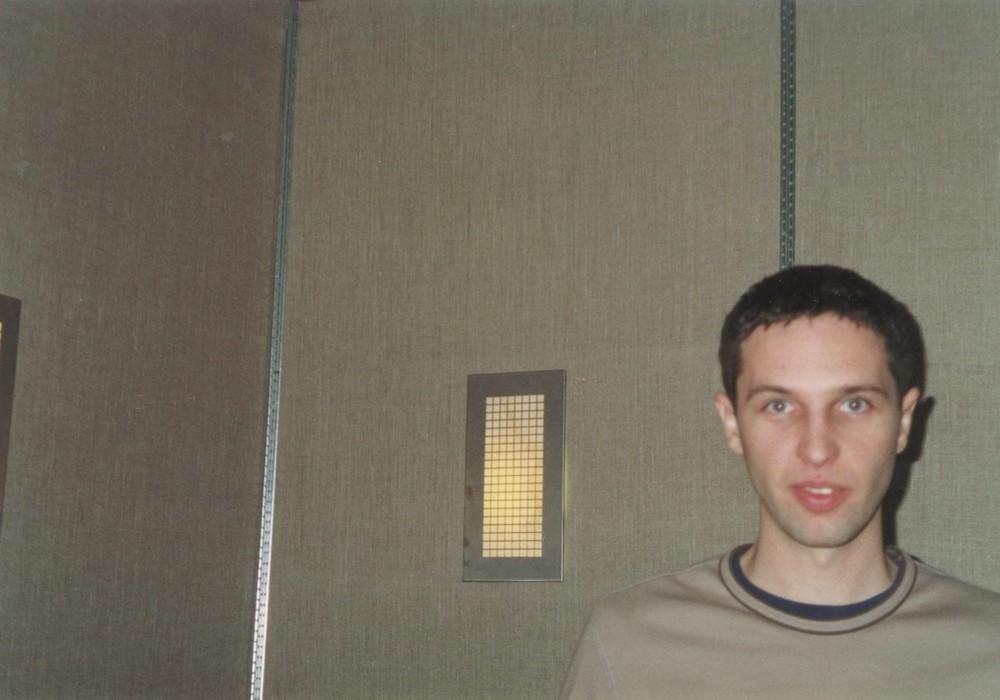
_display_horizontal.jpg)